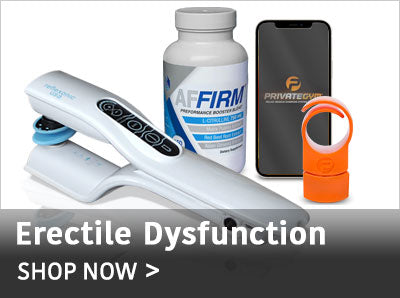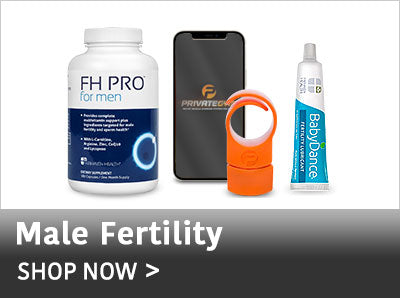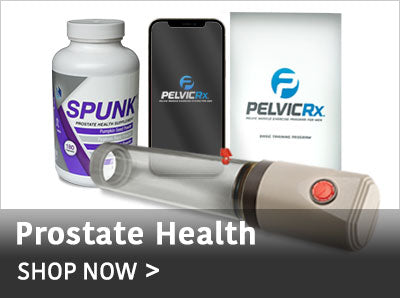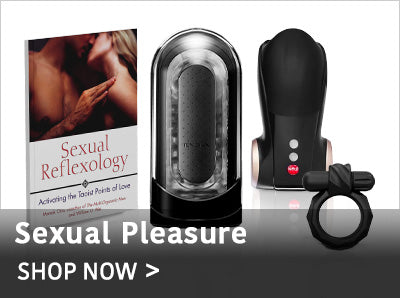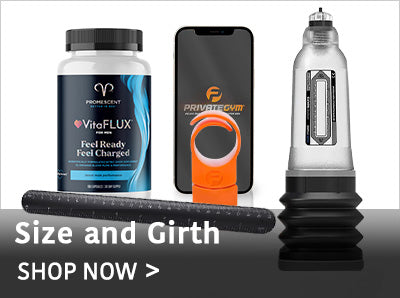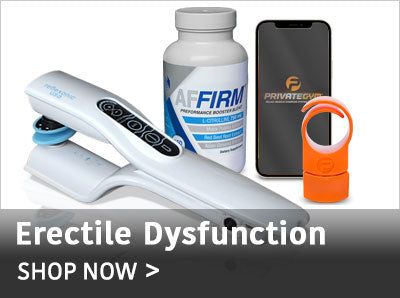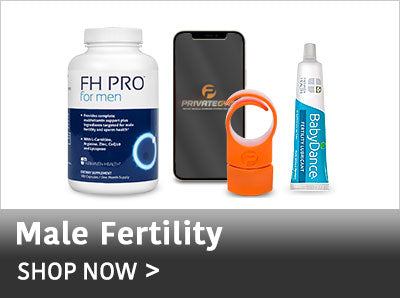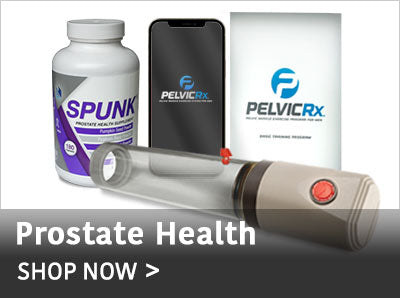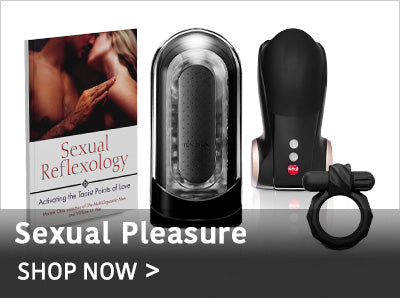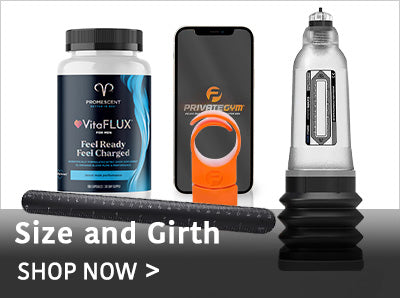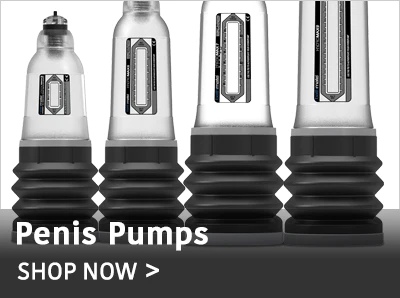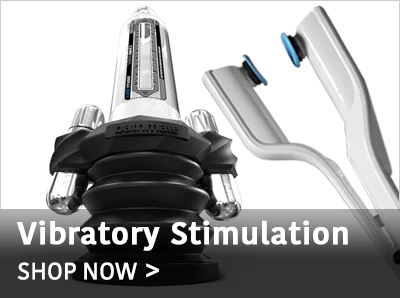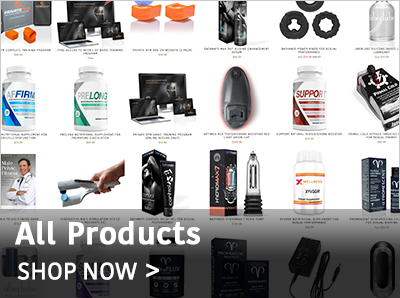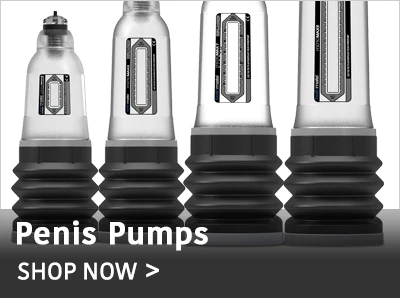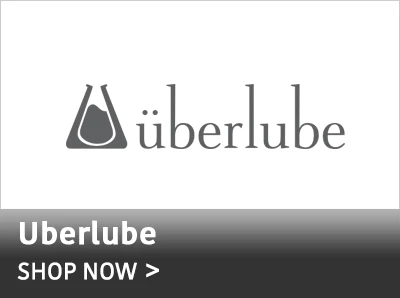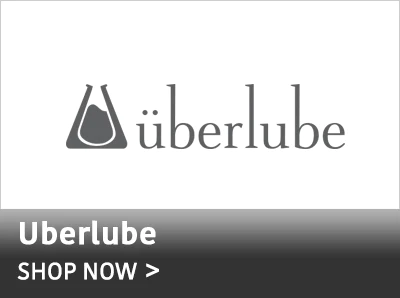Your Cart is Empty
How It Works Mobile
Health Benefits Mobile

Red Light Therapy for Your Testicles - Does it Boost Testosterone?
Red Light Therapy for Your Testicles - Does it Boost Testosterone?
8 min read
8 min read
Most guys know that testosterone is a crucial hormone that contributes to sex drive, energy, and sperm production and is the primary sex hormone in males. Therefore, maintaining healthy testosterone levels is essential for sexual health and performance.
However, this is especially true if you are over 30 because, on average, testosterone drops by 1-2% per year starting around that age. And once your testosterone drops below a critical level, you notice the effect on your mind, body, and sex drive.
Why is Testosterone Important for Men?
Let's be specific - healthy levels of testosterone are necessary for the following functions in the body:
- The development of the penis and testes
- The deepening of the voice during puberty
- Bone growth and strength
- The appearance of facial and pubic hair (beginning at puberty)
- Muscle size and strength
- Sperm production
- Sex drive (also known as libido)
Yes, this is important stuff! And in adult men, when your T levels are healthy, we enjoy many benefits:
- Increased muscle mass
- Improved strength
- Lowering excess body fat
- Increased focus
- Improved mood
And, of course, the reverse is true when T levels are too low. So, understandably, helping boost testosterone into the healthy range is at the heart of many of our programs. Therefore, we're always looking for new and better ways to combat low T.
That's why reports of how some men were using red light therapy to treat low testosterone caught my eye. Naturally, I had to investigate further!
What is Red Light Therapy?

First, here's a quick explainer of how it works: Red light therapy uses red or near-infrared light to treat the skin, muscle tissue, and other exposed body parts to enhance cellular activity. Also known as low-level laser therapy, photobiomodulation, and low-power laser therapy, the treatment delivers energy to the body that your cells crave.
By exposing the skin to this particular light, the part of the cells that are "power generators" (the mitochondria) soak it up and produce more energy. Critically, unlike U.V. light, red light does not make heat or burn the skin.
Moreover, red light therapy can also help the body fight oxidative stress. Oxidative stress is an imbalance between the body's antioxidant and free radical compounds. It may also lower inflammatory responses within the cells.
Fortunately, red lights don't require complicated equipment, meaning you can apply this therapy in the privacy of your own home.
Let's look at red light therapy's various applications and benefits.
How Is Red Light Therapy Used?
Most commonly, people use red light therapy to benefit the skin. Specific benefits include:
- Improved healing of wounds
- Reducing stretch marks
- Reducing wrinkles, fine lines, and age spots
- Improving facial texture
- Improving psoriasis, rosacea, and eczema
- Healing scars
- Healing sun-damaged skin
- Helping hair growth in people with androgenic alopecia
- Healing acne for smoother skin
- Stimulation of collagen production, which gives skin its structure, strength, and elasticity
- Increasing fibroblast production
- Increasing blood circulation to tissues
- Reducing inflammation in skin cells
Quite a list, but that's not all. Other potential medical uses that the medical community has investigated include:
- Improving cancer chemotherapy side effects
- Pain and inflammation relief associated with ankle tendonitis, carpal tunnel syndrome, rheumatoid arthritis, and osteoarthritis of the knee
- Cold sore prevention
- Dementia
- Dental pain
- Hair loss
- Anxiety
- Low back pain
- Seasonal Affective Disorder
The bottom line: with the right kind of light, applied in the correct doses, red light therapy can be highly beneficial to many functions in the body!
Is There Scientific Research on Red Light Therapy?

Fortunately, red light therapy is supported by a significant body of research.
Hungarian physician and professor Endre Mester performed some of the earliest studies in the sixties to show the benefits of red light therapy. Thirty years later, the U.S. government conducted successful red light experiments at NASA for plant growth and pain treatment. Around the same time, the U.S. Navy SEALs experimented with red light therapy to help heal wounds efficiently and support regenerating damaged muscle tissues. And many other studies have been done since then to prove that red light therapy benefits health.
The treatment has come a long way since those early studies, and red light therapy is now widely used at home and in medical settings. However, it is still mainly used to treat skin conditions. This application makes sense because most glands and organs are protected by inches of bone, fat, muscle, or skin, making direct light exposure challenging and largely unproductive.
However, there is one exception in men that serves an essential purpose!
Red Light Therapy for the Testicles

As we all know, male testicles are uniquely exposed. This anatomical reality is the crucial factor that makes it possible to boost T with red light therapy. In other words, because the testicles are accessible outside the body, they can be treated with red light, while other organs can't.
So, red light therapy can treat the testicles, but why does it work? The reason is that the male testes contain photoreceptive proteins called "opsin proteins." These photoreceptors activate with wavelengths of light. This effect is how red light therapy energizes the cells to enhance cellular function, including testosterone production.
Red Light Therapy and Testosterone
Studies have shown that consistently applying red light therapy on the male testicles for short periods raises testosterone levels. These studies have been conducted for decades since scientists discovered that enhanced light sources on the skin and body improve hormone levels. You can mimic this effect with incandescent light bulbs and artificial sunlight since light enhances various functions in our bodies. This effect includes:
- Conversion of skin cholesterol into vitamin D3 sulfate
- Improvement in oxidative metabolism
- Improvement in ATP production
In several studies, scientists conducted red light therapy tests on the testicular function of animals. They found that male birds and small mammals showed increased sexual activation due to red light therapy.
What's more, scientists found that humans display even better results than animal subjects. For example, recent studies showed that direct sunlight exposure to the torso and testes could boost male testosterone anywhere from 25%-200%, depending on the target.
Red Light Therapy and Male Fertility

Red light therapy also significantly impacts male fertility, typically measured by sperm quality, because viable sperm is necessary for successful conception.
As you probably know, sperm cells begin their lives in the testicles. These little sperm incubators make the highest quality sperm when androgen (sex hormone) levels are high, requiring healthy testicles.
Now, sperm originates during a multi-step process in the seminiferous tubules in the testes. (Also where testosterone, the primary androgen, is made.) After several steps of cell division and maturation, spermatogenesis (the creation of sperm), a sperm cell complete with head and tail is ready to swim towards its target.
ATP (adenosine triphosphate) is the organic compound that provides most energy our cells use for daily function. This chemical reaction goes on in the mitochondria – the cell's powerhouse. Furthermore, therapies like red light therapy may combat these harmful effects for men taking certain drugs and compounds (SSRIs, Viagra, alcohol) that interfere with mitochondrial energy metabolism.
Benefits for the Sperm
As red light therapy enhances ATP production, men using the treatment may experience a boost in sperm count and increased fertility. This enhanced fertility is due to increased viability of the sperm, as has been shown in various animal studies. Therefore, red light therapy could be a healthy treatment free of pharmaceuticals or injections for those using the drugs or compounds mentioned above or suffering from increased exposure to blue light (we'll talk about the wrong kinds of light later!).
There is also evidence that red light therapy supports the health of free sperm cells post-ejaculation. Studies show superior in vitro fertilization (IVF) outcomes in mammalian and fish sperm after intensive light therapy treatment. These outcomes may improve in human applications.
Among these superior outcomes, sperm motility (the ability to swim) increased post-red light therapy. This improvement is because mitochondria power the tails of sperm cells, which are, as we learned, extremely light-sensitive organelles.
Remember – cellular production is the building block of life. You can implement anything to enhance healthy cellular production into one's daily routine for noticeable health benefits. We invite you to try it – but before you run out and start shining lights on your nuts, we need to understand the difference between good and harmful light exposure.
Light Exposure: The Good and the Bad
Red light, the kind we like, comes from various natural and artificial sources. These include:
- Sunlight (with usually positive effects)
- Most home or work lights (with potentially harmful effects)
- Street lights (also with potentially harmful effects)
You should view exposure to the above light sources with caution as they may contain harmful wavelengths. These include U.V. wavelengths and blue light, which scientists have found to cause adverse effects on the body.
Additionally, some light sources result in too much heat. The bottom line is, applying any light, no matter how potentially beneficial, can simultaneously cancel the positive effects if the wrong light source is selected.
Beware of Blue & U.V. Light
As we said, not all light sources are created equal. For example, metabolically speaking, blue light is the opposite of red light: While red light improves cellular energy production, blue light worsens it. This effect is because blue light causes damage to cell DNA and cytochrome enzymes in mitochondria. This harmful effect prevents healthy ATP function and carbon dioxide production.
While blue light does affect problematic bacteria associated with acne, it can lead to further inefficiencies in the metabolic state of exposed cells, potentially leading to diabetes and other severe metabolic conditions.
Effects of Red Light & Sunlight
Red light certainly has beneficial effects, as does sunlight. The benefits of sunlight include:
- Enhanced Vitamin D production
- Improved mood
- Increased energy metabolism
However, it's critical to be aware that too much exposure to sunlight can cause inflammation and damage in the form of sunburn or skin cancer. This risk is especially true in sensitive areas of the body with thin skin – like the testes.
The good news is that as long as red light therapy is performed with LEDs and in isolated, short amounts, there is no risk of sunburn, cancer, or testicular inflammation.
Choosing a Safe Red Light
The testicles extend out of the torso for temperature regulation. Biologically, testicles operate best at 95 degrees Fahrenheit (35 degrees Celsius). This difference is two full degrees below the average human body temperature.
You may see more damage than benefits if you use too much heat during therapy. Many types of bulbs and lamps utilized for light therapy give off too much heat to be safe for use on the testicles. These include:
- Incandescents
- Heat lamps
- Infrared lamps at 1000nm+
Be sure to stick to LEDs when selecting lamps and bulbs for red light therapy. LEDs emit light while keeping things at a cool, optimal temperature.
Red light sources that use wavelengths of red light from 630 to 660 nanometers (nm); and near-infrared (NIR), which ranges from 810 to 850 nm, are the safest choice.
How to Apply Red Light Therapy to the Testicles

Red light treatments should last under 30 minutes a day. These treatments should be consistently applied over several weeks or months, depending on your body's reaction to the therapy. This rest also gives cells time to heal and resume normal function.
Though some people see doctors for red light therapy, home light therapy devices are becoming increasingly common. Apply for 5-20 minutes for the ideal effect. However, be patient with the results - consistency and patience are essential. It may take a few weeks before you feel any different.
If you use the correct source, red light therapy is proven safe for long-term use. In addition, you can feel comfortable continuing the treatments multiple times weekly to encourage optimal cellular function.
If you're hoping to receive cellular energy or spermatogenesis benefits, getting the light deep into your testicles is crucial. This requirement is because you can absorb red light in the tissues beneath the skin. This absorption will directly affect the Leydig cells and the seminiferous tubules.
A quick side note about testosterone production elsewhere in the body: since small amounts of male testosterone are produced by the body's adrenal glands, treating these areas with red wavelengths is also beneficial. Locate the adrenals directly, above the kidneys, and apply red light to the lower back. This technique can further enhance testosterone production, but it is less effective than treating the testicles.
Take Control of Your Sexual Health
So that's it - you're now armed with the latest knowledge about red light therapy and how to use red light therapy for testosterone in the comfort of your own home.
Are you interested in taking control of your sexual health and testosterone levels without relying on pharmaceuticals? If so, red light therapy combined with the right lifestyle choices is an excellent solution!
Read These Next

Six Natural Ways to Boost Testosterone Levels
8 min read
This blog post delves into the world of natural testosterone enhancement, offering you science-based, expert-endorsed strategies without the need for prescription drugs. You'll learn about the six cornerstones to naturally boost T and our bonus lifestyle hacks!

Natural Ways For Men To Amplify Sex Life And Libido
8 min read
Healthy sex life and sex drive go hand in hand. So while sometimes the desire for sex can feel constant, it's normal for it to go up and down over time. But what to do when your libido flatlines? The good news is that you can increase libido naturally without resorting to drastic measures.

The Ultimate Guide - How to Last Longer in Bed
20 min read
There is a wide range of reasons why you may want to increase your sexual endurance. We've explained the most common issues and how to treat and overcome them in this ultimate guide to lasting longer in bed.










